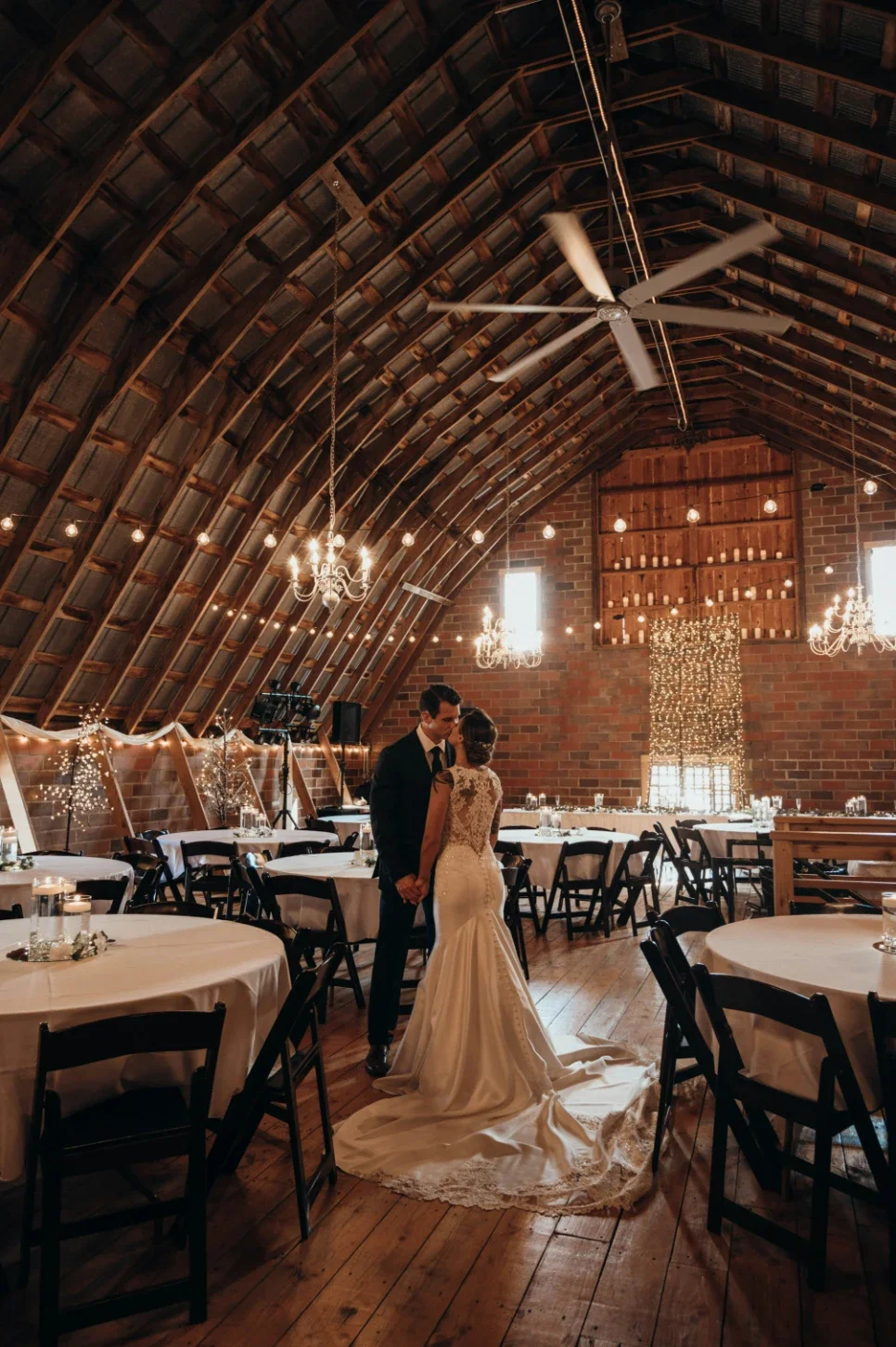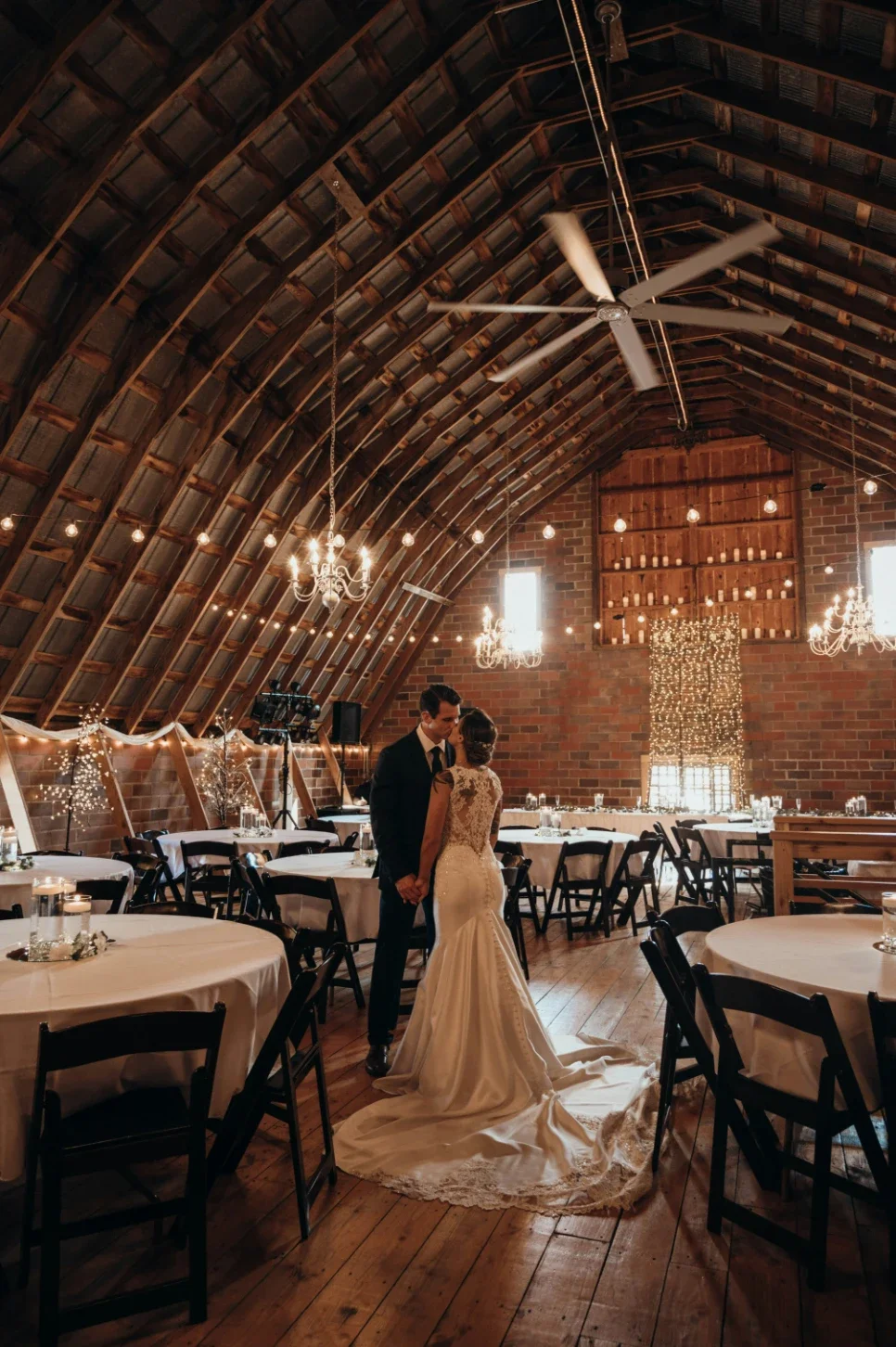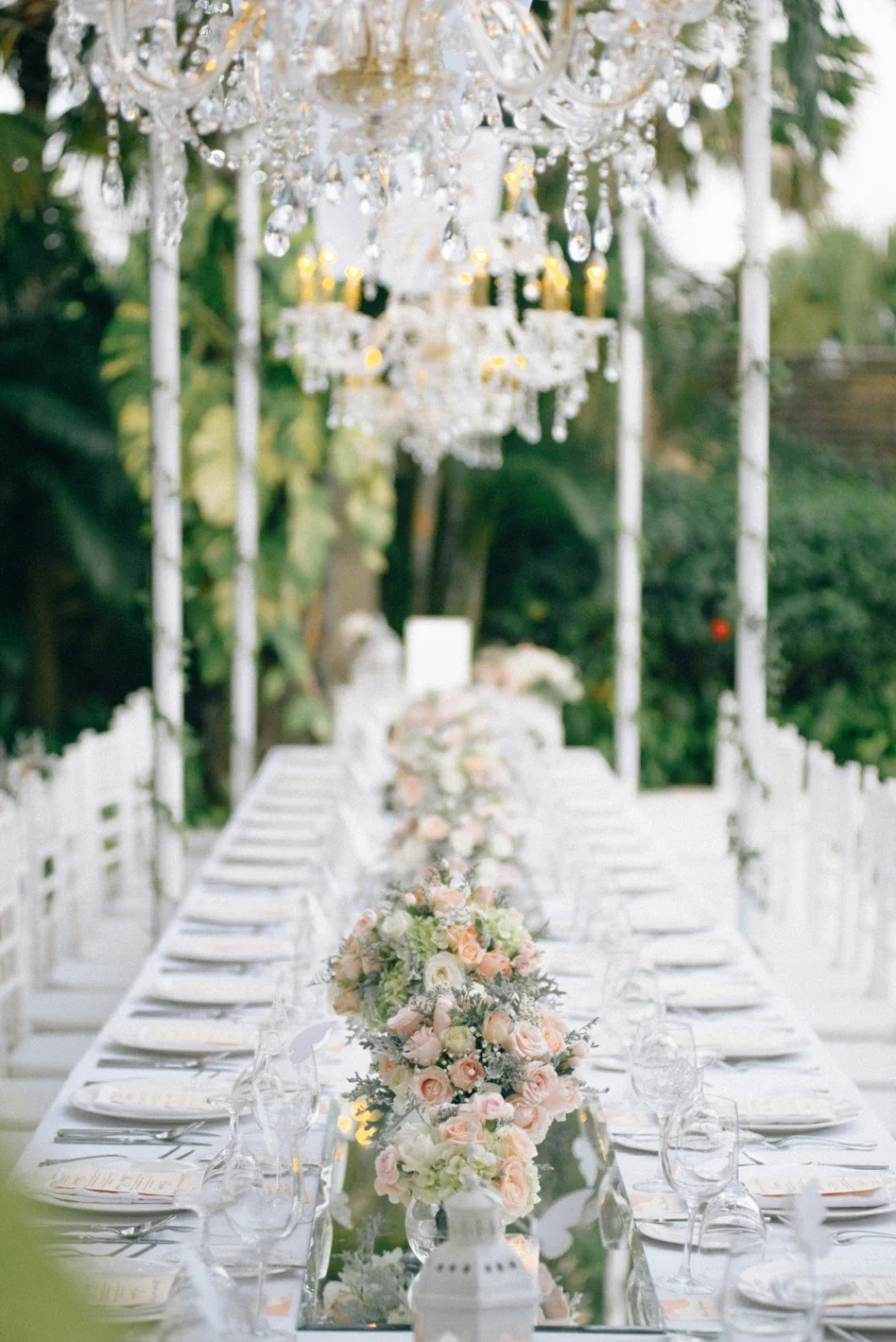Common Wedding Planning Mistakes and How to Avoid Them
Learn the most common wedding planning mistakes and how to avoid them so you can stay organized, reduce stress, and enjoy a smooth celebration.
Planning a wedding should feel like the beginning of forever—a celebration filled with love, joy, and anticipation. Yet for many couples, what starts as an exciting journey can quickly spiral into a whirlwind of stress, confusion, and unexpected challenges. Between managing vendor contracts, coordinating timelines, and making countless decisions under pressure, even the most organized couples can find themselves overwhelmed. The good news? Most wedding planning disasters are entirely preventable. Understanding the most common mistakes—and knowing exactly how to sidestep them—can transform your planning experience from chaotic to confident. This guide walks you through the pitfalls that trip up countless couples and shows you practical, straightforward ways to avoid them, so you can focus on what really matters: celebrating your love story.
Overlooking the Budget and Priorities
Not Setting a Clear Budget Early
One of the most consequential mistakes couples make happens before they book a single vendor: diving into wedding planning without establishing a concrete financial framework. The excitement of browsing Pinterest boards and touring beautiful venues can quickly lead to overspending when there's no clear boundary in place. Without that financial anchor, it's remarkably easy to justify "just one more upgrade" or "a slightly higher package" until suddenly, you're thousands over what you can comfortably afford.
How to avoid it:
Establish your maximum spending limit before browsing venues or meeting vendors
Allocate specific percentages for each category: typically 40-50% for venue and catering, 10-15% for photography, 8-10% for wedding design and decor, 8-10% for attire, with the remainder distributed among other essentials
Track every expense using a shared spreadsheet or dedicated planning app that both partners can access
Build in a 10-15% contingency fund for unexpected costs that always arise
Remember, your budget isn't just about totals—it's about creating a roadmap that keeps your spending intentional rather than impulsive.
Ignoring Priority-Based Spending
Not all wedding elements carry equal weight, yet many couples distribute their budget evenly without considering what truly matters to them. You might find yourself spending hundreds on elaborate chair covers while compromising on the photographer who'll capture memories lasting far beyond the wedding day. This misalignment between spending and values creates regret that lingers long after the celebration ends.
Fix this by:
Sitting down together to identify your top three non-negotiable priorities—perhaps stunning photography, an exceptional venue atmosphere, or a particular type of cuisine
Adjusting your budget allocations to support these priorities generously, even if it means scaling back in other areas
Being honest about what you won't remember or care about five years from now
Remembering that guests typically remember the overall experience, not individual decorative details
When your spending reflects your actual values, every dollar feels purposeful rather than arbitrary.
Mismanaging Timelines and Bookings
Booking Vendors Too Late
In the wedding industry, timing isn't just important—it's everything. Popular venues, talented photographers, and experienced planners often book their calendars 12-18 months in advance, especially for peak wedding season dates. Couples who wait too long find themselves either settling for their third or fourth choices or paying premium rush fees for last-minute availability.
Avoid the rush by:
Starting vendor outreach at least 10-12 months before your wedding date, or even earlier for popular seasons and locations
Confirming every agreement in writing with detailed contracts that specify dates, deliverables, payment schedules, and cancellation terms
Prioritizing venue booking first, since availability determines your actual wedding date
Recognizing that popular Saturdays in May, June, September, and October disappear fastest
Early booking doesn't just secure your preferred vendors—it also provides peace of mind and reduces the stress of last-minute scrambling.
Skipping a Detailed Planning Timeline
Without a structured roadmap, wedding planning becomes reactive rather than proactive. Tasks accumulate, deadlines sneak up unexpectedly, and suddenly you're addressing everything in the final weeks when stress levels peak. Many couples underestimate how much coordination wedding planning requires until they're buried in simultaneous decisions about flowers, menus, seating charts, and dozens of other details.
Organize smartly:
Break your planning into monthly milestones, working backwards from your wedding date
Include specific deadlines for invitations (8-12 weeks before), final dress fittings (1-2 months before), vendor meetings (ongoing), and marriage license paperwork (according to your state's requirements)
Schedule regular planning sessions with your partner rather than handling everything sporadically
Build soft buffers into your timeline for inevitable delays—vendors running behind, shipping delays, or personal schedule conflicts
For couples exploring modern options, if you plan to get legally married online through platforms like Courtly, factor in time to understand the process, complete requirements, and ensure legal recognition in your state. This timeline consideration matters whether you're handling traditional paperwork or choosing streamlined digital alternatives.
Neglecting Legal and Administrative Requirements
Forgetting Marriage License Requirements
Among all the glamorous aspects of wedding planning—the dress, the flowers, the celebration—the marriage license often gets pushed to the back burner. Yet without this critical legal document, your ceremony has no legal standing. Requirements vary dramatically by location, and failing to understand your jurisdiction's specific rules can create serious complications.
Stay prepared by:
Researching your state or country's specific requirements at least two months before your wedding
Understanding ID requirements (typically government-issued photo IDs and possibly birth certificates), application fees, and mandatory waiting periods between application and issuance
Noting expiration timeframes—some licenses are only valid for 30-90 days
Submitting paperwork well in advance, especially for destination weddings where local regulations may differ significantly from your home state
Confirming your officiant's credentials to legally perform marriages in your location
Don't let administrative oversights cast a shadow over your celebration. These details may not be romantic, but they're absolutely essential.
Confusion About Getting Legally Married Online
The digital age has transformed many traditional processes, and marriage is no exception. However, confusion abounds about when and how couples can get legally married online. Some couples mistakenly assume virtual ceremonies are automatically valid everywhere, while others dismiss legitimate online options that could simplify their situation—particularly for destination weddings, international couples, or those who prefer private ceremonies.
Clarify by:
Confirming whether your state or country recognizes online marriage processes, as regulations vary significantly by jurisdiction
Understanding the distinction between virtual ceremonies (where an officiant performs remotely) and online marriage licensing processes
Ensuring your chosen method, whether through services like Courtly or other platforms, produces legally recognized documentation
Requesting certified copies of your marriage certificate immediately after completion, as you'll need these for name changes, insurance updates, and various legal purposes
Verifying that your online marriage will be recognized if you later move to a different state or country
Modern couples have more flexibility than ever, but that freedom comes with the responsibility to understand legal implications fully.
Overcomplicating Wedding Design and Decor
Not Having a Cohesive Theme
In the age of endless inspiration from social media and wedding blogs, many couples fall into the trap of loving too many ideas. They might want rustic barn elements, elegant crystal chandeliers, bohemian macramé backdrops, and modern geometric centerpieces—all in one wedding. The result? A visually confusing space where nothing feels intentional and guests struggle to understand the overall aesthetic.
Avoid this by:
Selecting one unified style early in planning—whether classic elegance, rustic charm, minimalist modern, romantic garden, or bohemian whimsy
Ensuring every wedding design element aligns with your chosen theme: floral selections, color palette, lighting choices, table settings, and overall decor
Creating a mood board that serves as your visual reference point when making decisions
Remembering that cohesion doesn't mean boring—it means intentional variety within a consistent aesthetic framework
When your wedding design tells a coherent visual story, every element enhances the others rather than competing for attention.
DIYing Too Much Without Support
The DIY wedding trend promises cost savings and personal touches, and indeed, handmade elements can add meaningful character to your celebration. However, many couples dramatically underestimate the time, skill, and stress involved in creating multiple DIY elements. What seemed like a fun creative outlet six months ago becomes a source of panic three days before the wedding when you're still assembling 150 table favors at midnight.
Consider:
Limiting DIY projects to genuinely manageable items like welcome signs, simple favors, or personal vows books
Delegating actual installation and setup to professionals or reliable friends rather than handling it yourself on wedding day
Testing your DIY timeline realistically—if creating one centerpiece takes three hours, multiply by the number you need and add buffer time
Evaluating whether DIY actually saves money when you factor in materials, tools, mistakes, and your time's value
Asking yourself honestly whether each DIY project enhances your planning experience or detracts from it
The most successful weddings balance personal touches with professional execution, allowing couples to enjoy their engagement rather than turning it into a second full-time job.
Conclusion
Wedding planning transforms from overwhelming to enjoyable when couples recognize common pitfalls and navigate around them with clarity and intention. By establishing realistic budgets aligned with your priorities, managing timelines proactively rather than reactively, addressing legal requirements early (including understanding modern options to get legally married online), and maintaining cohesive, manageable wedding design and decor, you create space for what matters most: celebrating your commitment surrounded by people you love.


